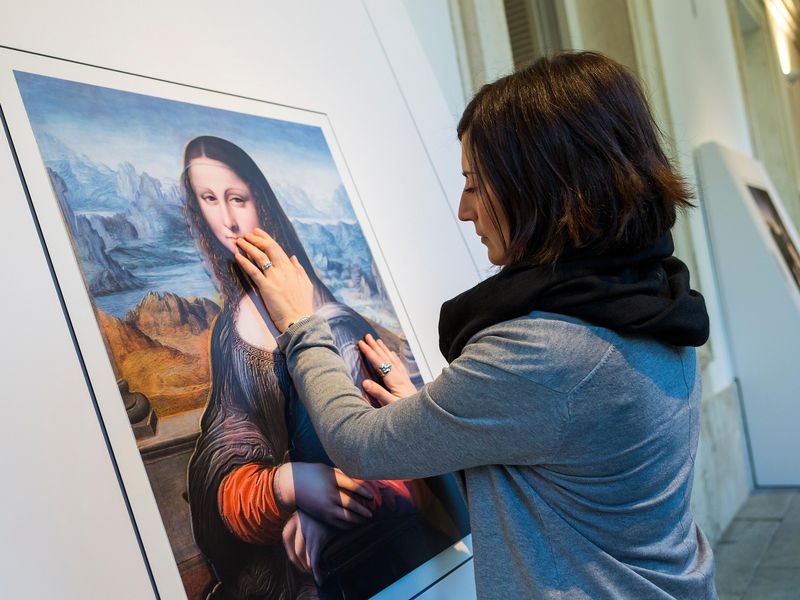How to appraise your artwork

Well, you know you want to sell your works of art, but the question is – how much are your works really worth? In this article, art experts use some quick and simple steps to value your art fairly, and in a way that will make you money quickly.
There are several factors to consider when valuing your art. We will value artwork in three stages: valuing artwork for emerging artists, adjusting prices throughout your artistic career, and setting prices for exhibitions and events.
Well, you know you want to sell your works of art, but the question is – how much are your works really worth? In this article, art experts use some quick and simple steps to value your art fairly, and in a way that will make you money quickly.
There are several factors to consider when valuing your art. We will value artwork in three stages: valuing artwork for emerging artists, adjusting prices throughout your artistic career, and setting prices for exhibitions and events.
Evaluating artwork for emerging artists
When you are just starting to sell your works, you should consider prices carefully, as they could determine the prices at which your works are sold over the years and decades of your artistic career. So, to begin with:
Calculate the cost of your materials. Acrylic on canvas is worth more than graphite on paper, and both are worth less than a large stainless steel sculpture. Even if you buy your materials in bulk, you can roughly estimate what the prices were. You should never sell your works for less than the cost of the materials.
Calculate the cost of labor. How much time did you spend working on this piece, and how much should you be paid per hour? Take into consideration any other work you might have, or have had, to determine how much your time is “worth. If you are just getting started, don’t overestimate yourself yet. Your value will grow as your reputation grows. A good place to start is $20/hour.
Once you’ve decided on your salary, multiply your hourly rate by the number of hours you spent working on that piece.

Example: if you spent $50 on the materials and spent 12 hours on this piece, at $20/hour, your ideal starting price would be $290. However – there are even more factors to consider, so read on before updating your price list.
Size matters too. All things considered, smaller pieces require less material and less time to complete. For this reason, smaller works should always be priced lower than larger ones, in cases where both have been made with similar materials.
Look at similar artists. If there is another artist in your area with a similar experience as you, and this person is selling works like yours at a much lower price, you should recognize that most buyers will prefer theirs. Look at your competition, be aware of what they are doing and always take this into consideration when setting your prices.
Don’t overestimate yourself. It is always easier to increase prices once you have made many sales than to lower prices after you have made none. Being forced to reduce your prices due to lack of interest can damage your reputation.
On the other hand, don’t be “cheap”. There is a big difference between a low and fair price and an embarrassing price. Of course it is acceptable to give special discounts to your close friends, or as a marketing strategy to create long-term business relationships, but you must keep the average price of your artwork at a level that shows you are a serious artist and not just a second-hand decorating shop.
Frequently Asked Questions: Does education affect artwork?
In certain sectors, a professional’s education and background may determine his or her prices. For example, a Harvard graduate lawyer might charge more than a lawyer from a less well-known or less impressive university.
However, both lawyers will charge much less as recent graduates compared to any lawyer who has practiced for many years, has experience and has already won trials. The same is true for artists.
A self-taught artist may charge less than one who has studied at a well-known school or with a famous, well-established artist. However, a ‘new’ artist without sales or exhibitions should not sell his or her work for the same price as a well-established artist. Your background will affect the value of your artwork, but this is based more on whether or not you have made sales, your exhibition history and reputation, and much less on your academic background.

